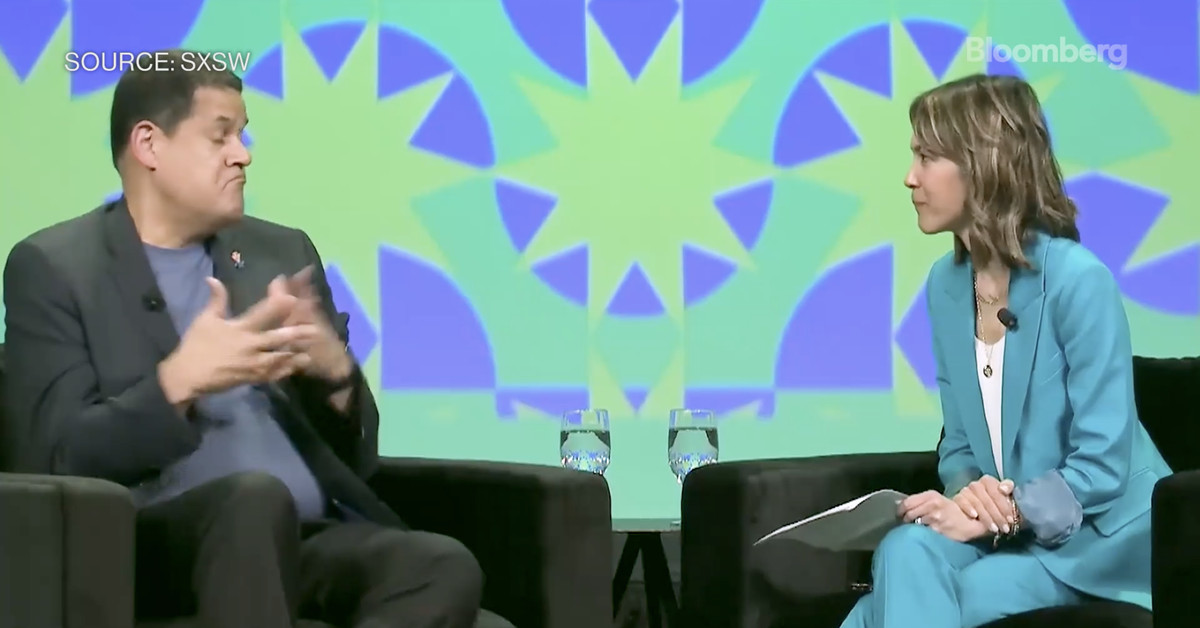
Only a dozen states are regularly reporting sewage data to the Center for Disease Control and Prevention’s National Wastewater Surveillance System, Politico reported. The system, which launched in 2020, collects data on levels of the coronavirus at sewage plants around the country. But with most states not participating, the agency isn’t able to get a clear picture of how the virus is spreading nationwide.
Wastewater is a valuable public health tool for the COVID-19 pandemic because it doesn’t rely on people showing up for testing or reporting the results from tests taken at home. Levels of the virus in sewage also tend to rise before cases start to go up, so it’s an early warning sign for increased spread. Early signs of the omicron variant showed up in sewage, for example, and recent data from early March is showing rising levels of the virus even as reported COVID-19 cases stay low. Wastewater could also be leveraged for other public health issues in the future — like detecting other viruses like the flu or monitoring illicit drug use in communities.
But right now, only California, Colorado, Illinois, Missouri, North Carolina, New York, Ohio, Rhode Island, Texas, Utah, Virginia, and Wisconsin have sewage data connected to the National Wastewater Surveillance System (NWSS). Many of those states only have a handful of sewage sites regularly reporting data.
A CDC spokesperson told Politico that the NWSS can still be useful even if it isn’t used by all states. It’s still valuable for the places that are collecting data, that spokesperson said. The inconsistency means it’s another uneven pandemic tool, though — and a patchwork response has been a consistent characteristic of the United States’ often insufficient response to disease outbreaks.
States have various reasons for not participating in sewage surveillance programs, Politico found: some lack the manpower to build up the system. Some had trouble getting local sewage plants on board with collecting and sending out samples. The CDC partnered with a private commercial lab, LuminUltra, to assist states, but some were wary of working with the company.
The scattershot and slow response to the CDC’s calls for more wastewater monitoring raise the risk of the US missing an opportunity to build up a new public health tool. “Let’s not waste what we’ve done,” Erik Coats, a professor of environmental engineering at the University of Idaho, told Politico.





/cdn.vox-cdn.com/uploads/chorus_asset/file/25547838/YAKZA_3840_2160_A_Elogo.jpg)
